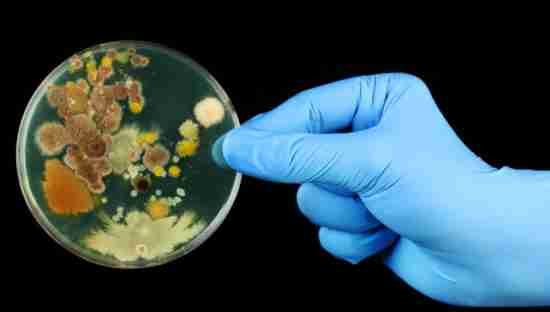Shiga toxin-producing E. coli (STEC) was detected in more than a fifth of lamb samples tested but this was a lower contamination rate than 2018, according to the Icelandic Food and Veterinary Authority (MAST).
The Ministry of Industries and Innovation, MAST and municipal health inspectorate, organized sampling in 2019 for the most common pathogens in meat. It included domestic and imported meat and involved products bought at retail stores.
Almost 600 samples of chicken, pork and beef were taken and analyzed for Salmonella. In total, 146 samples of frozen chicken meat were tested for Campylobacter and 146 samples of lamb analyzed for STEC.
Screening showed the microbiological condition is generally good for Salmonella and Campylobacter. It is the second year such work has been done and testing for microorganisms in fresh meat on the market was also planned for 2020.
E. coli in sheep meat
STEC was much more common in lamb but at a lower level than results showed in 2018. This past year, a total of 146 samples of sheep meat were screened for the genes Shiga toxin (stx) 1, stx2 and intimin (eae) and 32, or 22 percent, were positive. E. coli with pathogenicity was grown from 21 meat samples which carried either the stx or eae genes.
E. coli O26 was found in one sample, O103 in seven and O145 in 11 samples. From two tests of sheep meat, E. coli O103 was grown, one carrying the pathogenic stx1 and the binding gene eae, while the other strain carried all three genes.
“It is clear that STEC in meat needs to be monitored regularly and preventive measures need to be sharpened in slaughterhouses and meat processing plants to reduce the likelihood of STEC entering the meat. The cleanliness of the animals is also important here and therefore dirty animals must be prevented from being transported to the slaughterhouse,” according to MAST.
Salmonella and Campylobacter rare
Salmonella was not detected in chicken or beef but it was found in one sample of pork. Campylobacter was detected in three samples of frozen chicken meat.
Almost 150 samples of unfrozen pork were taken from 144 batches. Most were of domestic origin but six were foreign with five from Denmark, one from Spain and another seven samples of unknown origin.
One domestic meat sample was positive for Salmonella Kedougou. Distribution was stopped, it was withdrawn from the market and recalled from consumers.
From 143 samples of unfrozen beef from 139 batches no Salmonella was found. Most samples were from domestic beef but some came from Germany, Denmark, Ireland and Poland.
Nearly 150 samples of frozen chicken meat were taken from 123 production batches and tested for Campylobacter. Most were from domestic chicken meat but 47 were from Denmark and the origin was unknown for eight samples.
Campylobacter was detected in three samples, two from Denmark and one from Iceland but all three cases had below 10 colony forming units per gram (CFU/g).

